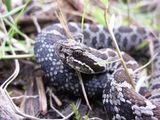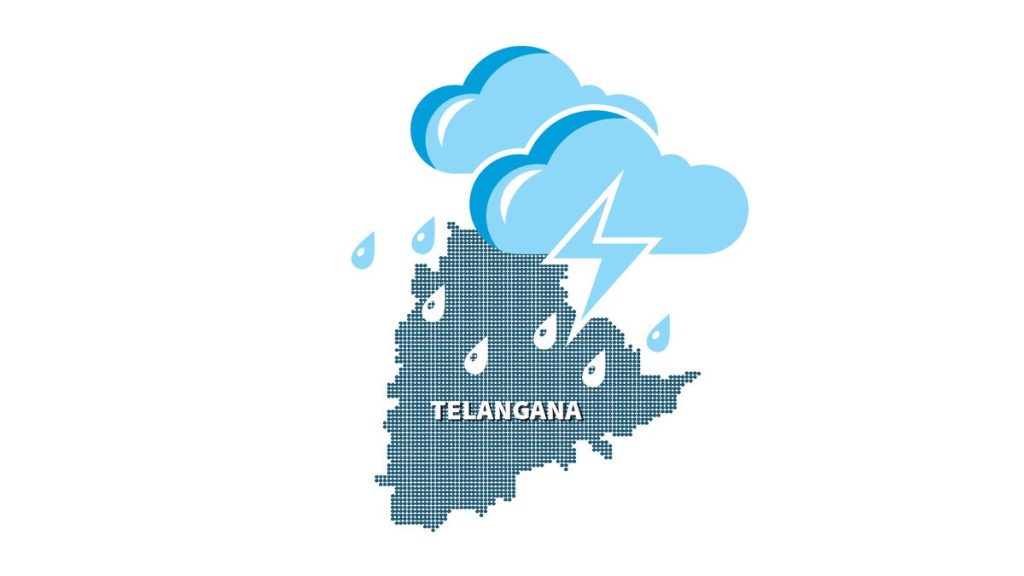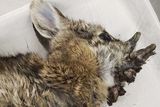Now Reading: Human Impact Drives Eastern Massasauga Rattlesnakes Toward Inbreeding
-
01
Human Impact Drives Eastern Massasauga Rattlesnakes Toward Inbreeding
Human Impact Drives Eastern Massasauga Rattlesnakes Toward Inbreeding

Quick Summary
- Michigan’s Eastern Massasauga rattlesnakes, a threatened species, face declining populations due to habitat loss and fragmentation caused by human activities such as roads and development.
- habitat isolation forces these snakes to reproduce within small populations, often leading to inbreeding. This reduces survival rates and fitness of offspring-research indicated inbred individuals had an 11.6% lower annual survival rate and a 13.5% decreased likelihood of producing viable offspring.
- A 15-year study involving over 1,000 snakes analyzed their genetic ancestry using PIT microchips for long-term tracking; results confirmed critically important impacts from habitat fragmentation on population health.
- Suggested conservation measures include habitat restoration projects (e.g., wildlife crossings) and snake relocation programs to increase connectivity between populations.
Images:
!Eastern Massasauga Rattlesnake Image Credit: Eric Hileman
!Research Work Image Credit: Sarah fitzpatrick
Indian Opinion Analysis
While this issue is geographically centered on Michigan, the phenomenon of species decline due to human-induced habitat changes has global relevance-including India were local ecosystems are similarly facing stress from urbanization and industrialization processes. India’s vulnerable snake species like the King Cobra or Russell’s Viper live in critical ecosystems (forests or wetlands), which are increasingly fragmented due to deforestation, expansion of infrastructure, or agricultural practices.
Fragmented habitats globally highlight the interconnectedness of biodiversity health with ecosystem services; weakened predator-prey dynamics can aggravate rodent infestations affecting farmlands or homes-a noted role even for rattlesnakes studied here.
Efforts such as promoting wildlife corridors similar to those advised for Eastern Massasaugas could benefit Indian conservation strategies-preventing population bottlenecks among endangered reptiles while fostering broader ecological balance. Examining data like this from across regions strengthens understanding required for effective biodiversity preservation policies worldwide.




























